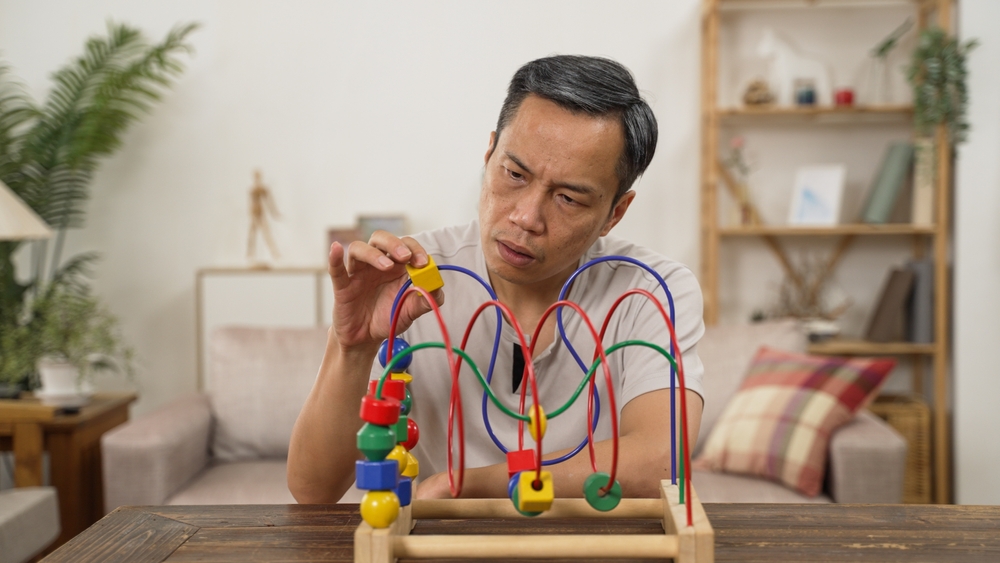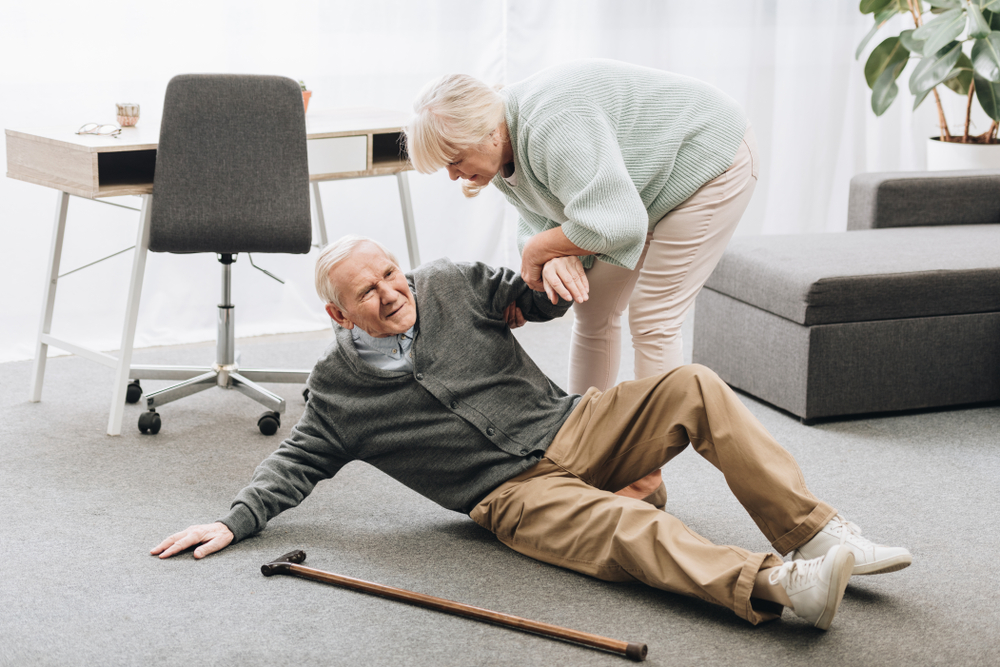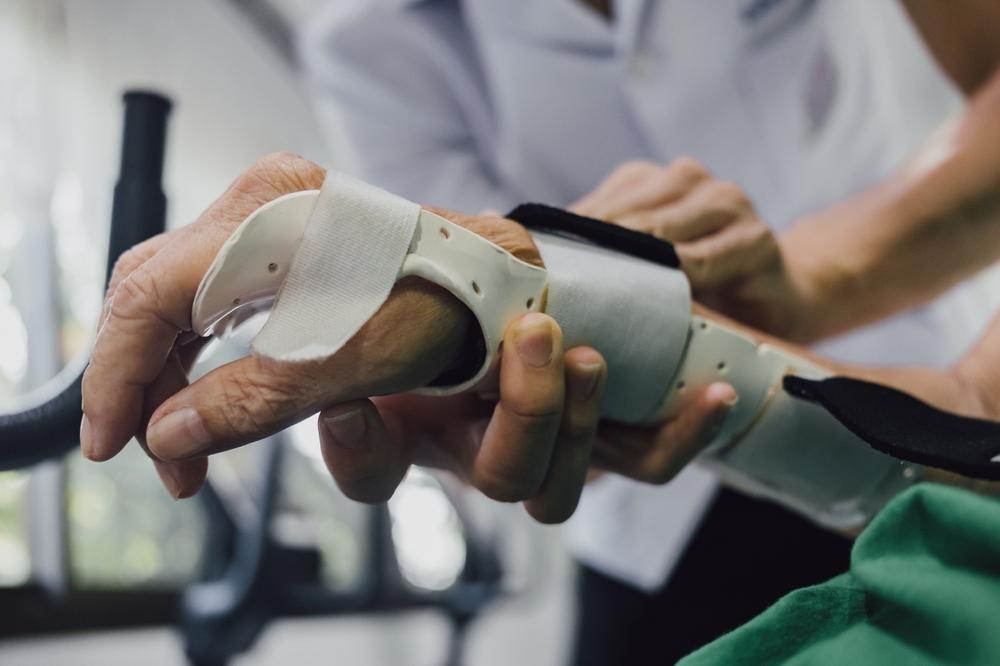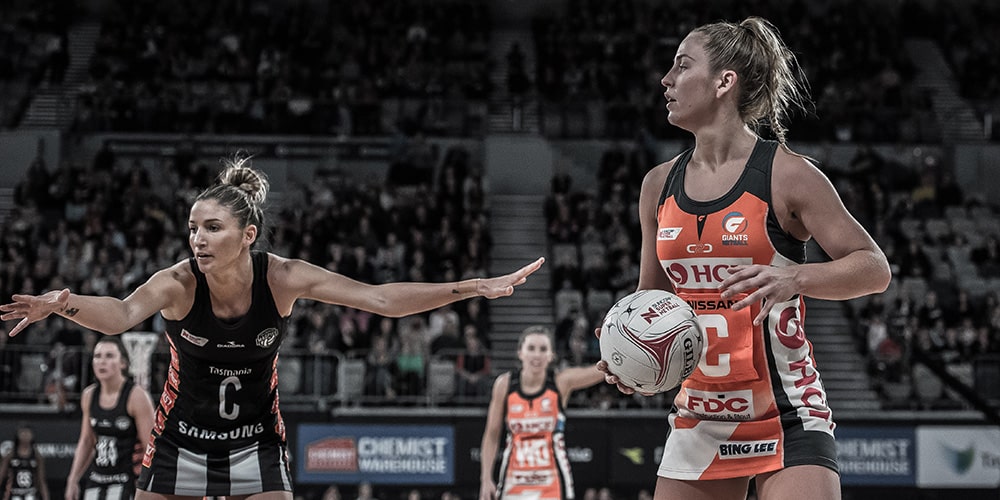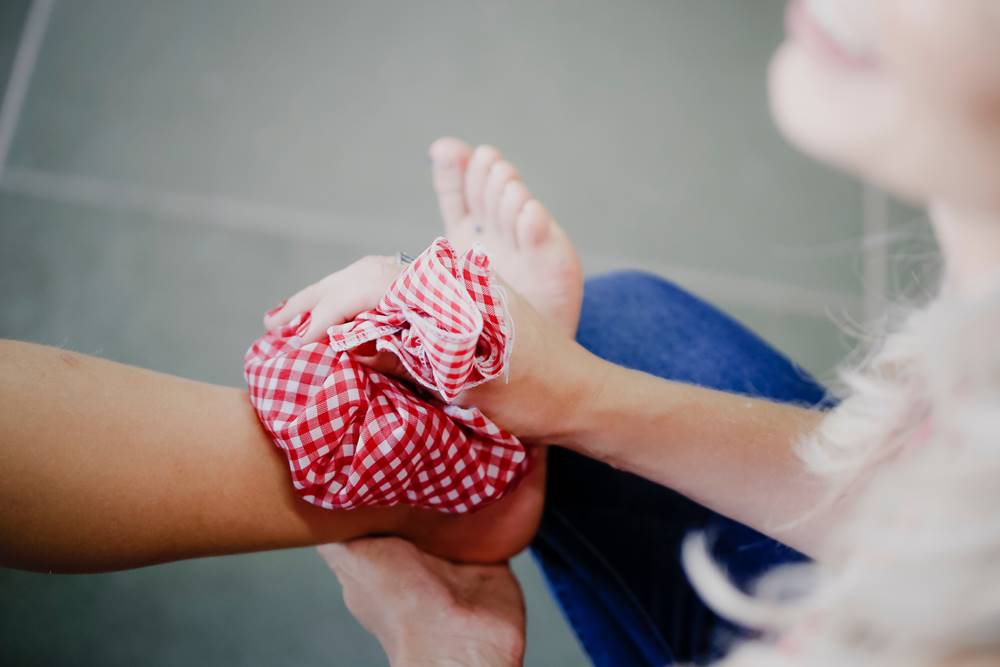Make an Appointment
These days, many of us find it hard to tear ourselves away from technology, whether it’s video games, texting, or spending the whole work day at your laptop. The last thing on your mind is injuries from such activities.
But, don’t be so sure you’re safe in your gaming chair. Have you ever heard of gamer’s thumb?
Here, we’ll explain what gamer’s thumb is, its symptoms, how to fix gamer’s thumb, and preventative measures you can take to avoid it.
What is Gamer’s Thumb?
Gamer’s thumb is a nickname for a repetitive stress injury that causes inflammation of the tendons around the thumb. Technically, the condition is called Quervain’s Tenosynovitis and it affects more than just gamers.
Caused by repetitive motion, Quervain’s Tenosynovitis got its nickname because gamers tend to play for long periods at a time – much longer than people spend texting, typing, or doing other activities that might cause the condition.
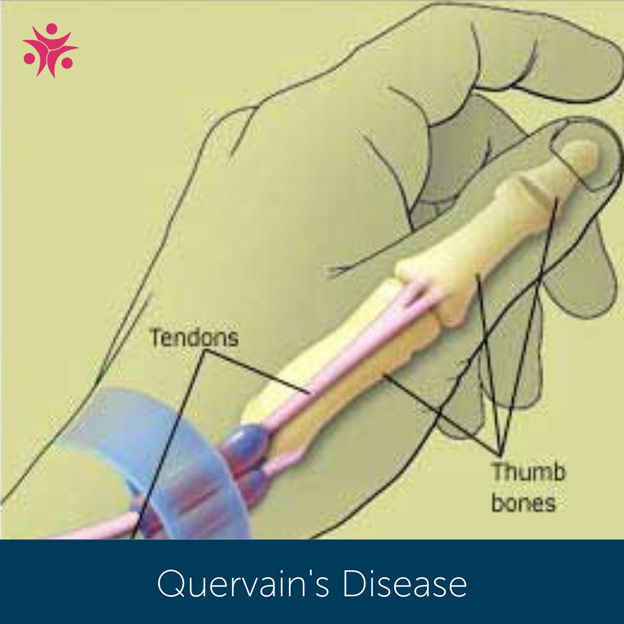
Symptoms of Gamer’s Thumb
So, what are the signs you might have gamer’s thumb? You might have gamer’s thumb if you experience symptoms such as:
- Clicking, locking, catching, or popping sensation when moving your thumb
- Pain after playing video games
- Pain and swelling near the base of your thumb, from the fingerprint to the palm, or from the fingernail to the wrist
- Pain that travels up your arm
- Thumb or wrist pain that worsens with movement
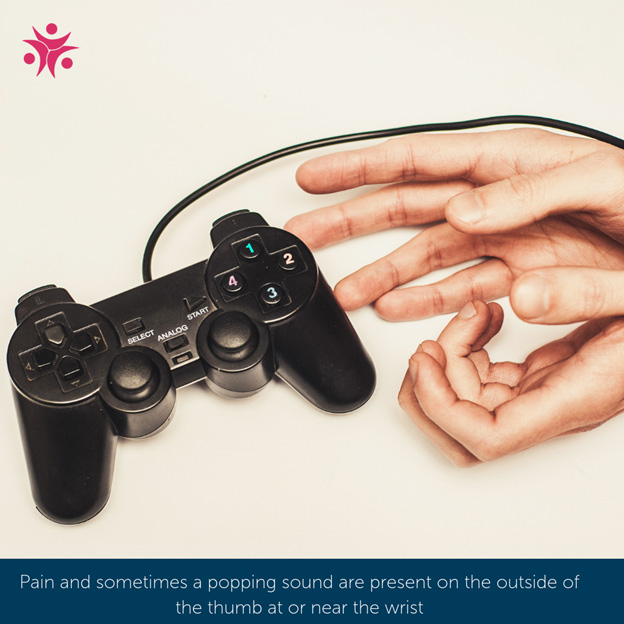
If you’re experiencing anything unusual with your thumb and you’re an avid video game player, you use a keyboard regularly, you’re excessive with texting, you knit, you’re a baby-carrying parent, or you play golf or racket sports, it’s time to see a physio.
How Long Does Gamer’s Thumb Last?
Unfortunately, gamer’s thumb can have lasting effects if it’s not dealt with appropriately or in a timely manner**. In most mild cases, the symptoms last four to five hours after gaming or typing and if this is happening to you, it’s important you get it checked out.**
Stretching, performing thumb exercises, and taking regular breaks from gaming and other repetitive motion can help limit the long-term effects of gamer’s thumb. The last thing you want is permanent tendon damage which could lead to losing your ability to grip, loss of range of motion, and constant pain.
Long story short, your gaming days are over if your gamer’s thumb gets bad enough.
How to Fix Gamer’s Thumb
There a few ways you can go about fixing gamer’s thumb and the first starts with rest. It’s a good idea at the first signs of discomfort to avoid the activities that might be causing your gamer’s thumb.
If resting doesn’t do the trick or if your gamer’s thumb comes back with a vengeance, there are other remedies:
- Physiotherapy where you’ll learn and practice exercises for gamer’s thumb.
- Anti-inflammatory medication
- Corticosteroid injection
- Surgery – worse case scenario
- Using a gamer’s thumb splint after you spend time gaming
Of course, at Physio Inq, we can assure you that our therapists are highly trained and ready to assist you with your gamer’s thumb injury.
Gamer’s Thumb Exercises
Physiotherapist know how to get rid of gamer’s thumb with these exercises. It’s always best to meet with a trained professional to learn the proper technique before trying these at home. Here are a couple of exercises that help relieve pain for Quervain’s Tenosynovitis.
- Use a small foam roller to roll out your thumb in the areas that are sore.
- Stretch your thumb tendons by extending your arm as if to shake someone’s hand and gently pulling your thumb toward you using your other hand. Hold for 30 seconds on each hand.
- Curl your thumb into your palm (as if you were signaling the number four) and extend it back to form an open hand, repeating 15 times.
- Extend an open hand and create small circles with your thumb. Repeat 15 times in each direction.
- Bend at the middle thumb joint 15 times.
- Alternate between making a fist and opening your hand, repeating 15 times.
- Extend your hand as if to shake someone’s hand and lift your hand toward and away from you by isolating your wrist, repeating 15 times.
Source: Dr Levi Harrison
How to Prevent Gamer’s Thumb
There are various ways to prevent gamer’s thumb – some being more obvious than others.
First of all, you’ll want to limit any excessive game playing. Sure, if you’re an avid gamer, this can be a tough one, but a decision we think is worth it. Gamer’s thumb can affect you your entire life. Sacrificing an hour or two of gaming is surely a good deal for preserving your hand health.
When you do decide to play, stretch beforehand and take breaks. Video games might not seem like a physical activity, but your hands and fingers would argue otherwise. Simple stretches can help reduce the risk of getting gamer’s thumb and taking scheduled breaks allow your hands to relax.
If you’re worried you’ve gotten gamer’s thumb, come see us at Physio Inq. Whether you book an appointment in one of our convenient locations or you call on our mobile services to come to you, we’d be happy to help with your sore thumbs. You’ll be back to Call of Duty or Fortnight in no time!
If you can’t to get one of our many Physio Inq clinics across Australia why not try one of our mobile & home physiotherapy services in the comfort of your own home. Check out our mobile physiotherapy services servicing your area today.
Live a life with less limits.
Date Published: Wednesday, September 18, 2019
Locate a Mobile Physiotherapy
Service Near me
Get the experience & convinence you deserve to support your or a loved one's allied health needs.
Our Mobile Physiotherapy team are currently serving & taking appointments in the following states and regions in Australia:
New South Wales
- Blacktown
- Blue Mountains
- Campbelltown And Macarthur
- Canterbury-Bankstown
- Eastern Suburbs Sydney
- Georges River
- Hawkesbury
- Inner East Sydney
- Inner West Sydney
- Lake Macquarie
- Lower North Shore
- Newcastle
- Northern Beaches
- North Sydney
- Parramatta
- Penrith
- Southern Highlands
- South West Sydney
- Sutherland Shire
- Sydney CBD
- The Hills Shire
- Upper North Shore
- Waverley
- Wollongong
Tasmania
Victoria
Need to get into direct contact with ur Client Services team? We're all ears. Call our team directly on 1300 731 733




